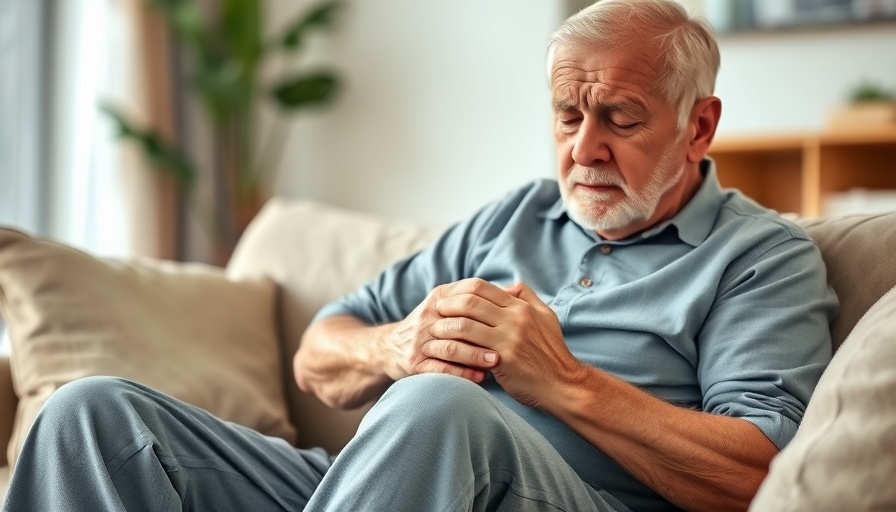
Understanding Gait Retraining: A New Approach to Knee Arthritis Relief
Knee osteoarthritis (OA) is a common affliction that affects millions, leading to persistent pain and reduced mobility. Traditionally, patients have relied on treatments such as painkillers, joint injections, and, in severe cases, surgeries. However, emerging research points to a non-invasive alternative that not only offers relief but may also mimic the effectiveness of medication: gait retraining.
According to a recent study published in The Lancet Rheumatology, gait retraining involves making subtle adjustments to walking patterns. By altering foot angles and shifting pressure away from damaged areas of the knee, participants in the study reported significant improvements in their symptoms.
The Study: What Did Researchers Discover?
Conducted at the University of Utah’s Movement Bioengineering Lab, the research followed 68 individuals diagnosed with knee osteoarthritis. The participants were divided into two groups: one continued their normal walking patterns, while the other practiced modified walking techniques. After one year of therapy, MRIs and feedback revealed that those who retrained their gait reported less pain, akin to the relief provided by joint medications.
Lead author Scott Uhlrich emphasized the importance of this study amidst the limited treatment options currently available. He noted that traditional methods often fail to deliver long-term relief. This new technique not only demonstrates significant potential but also highlights a shift in treating chronic pain through physical rehabilitation.
Non-Invasive Techniques: The Future of Arthritis Care
The promise of gait retraining lies in its non-invasive charm. For patients wary of side effects from medications or the invasive nature of surgery, this method represents a hopeful avenue for management. Experts believe that with proper guidance and consistency, gait retraining could become a standard practice in arthritis treatment.
Moreover, the application of this technique extends beyond just individuals suffering from arthritis. Runners and athletes might also benefit from retraining their gait to prevent injuries, offering broader implications for how we think about movement in general.
Real-World Application: Training and Results
The study participants engaged in weekly training sessions, both under supervision and at home, cementing the importance of consistent practice for visible results. This structure not only fosters engagement but also builds a routine that participants can maintain long-term.
Physical therapists are encouraged to tailor gait retraining programs to individual needs, ensuring that each patient receives personalized attention and instructional support. Given its relatively straightforward implementation, many clinics may start adopting this approach in their treatment protocols.
The Emotional Impact: Transforming Patient Experiences
Living with chronic pain can significantly affect one’s emotional wellbeing. The alleviation of pain through a simple method like gait retraining might enable individuals to regain their autonomy and improve their overall quality of life. The prospect of a treatment with fewer side effects can further bolster patient morale and sustain long-term commitment to a healthier lifestyle.
As the healthcare landscape continues to evolve, interventions that empower patients are increasingly seen as essential. The results from this study suggest that changing one's walking pattern may not only be a sensible therapeutic strategy, it might restore hope to those who have struggled with knee osteoarthritis for years.
Conclusion: Rethinking Treatment Strategies
As interest grows in gait retraining as a treatment for knee osteoarthritis, it is essential for healthcare professionals to stay informed. This innovative approach exemplifies a shift toward more holistic and patient-centered care models, emphasizing the importance of rehabilitation over reliance on medications alone. In a world where chronic conditions are increasingly common, techniques like this could signify a brighter, pain-free future for many.
 Add Row
Add Row  Add
Add 




Write A Comment